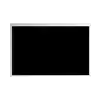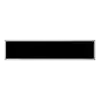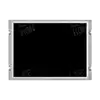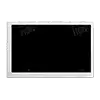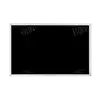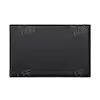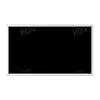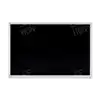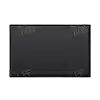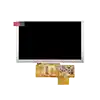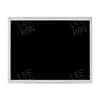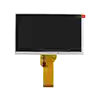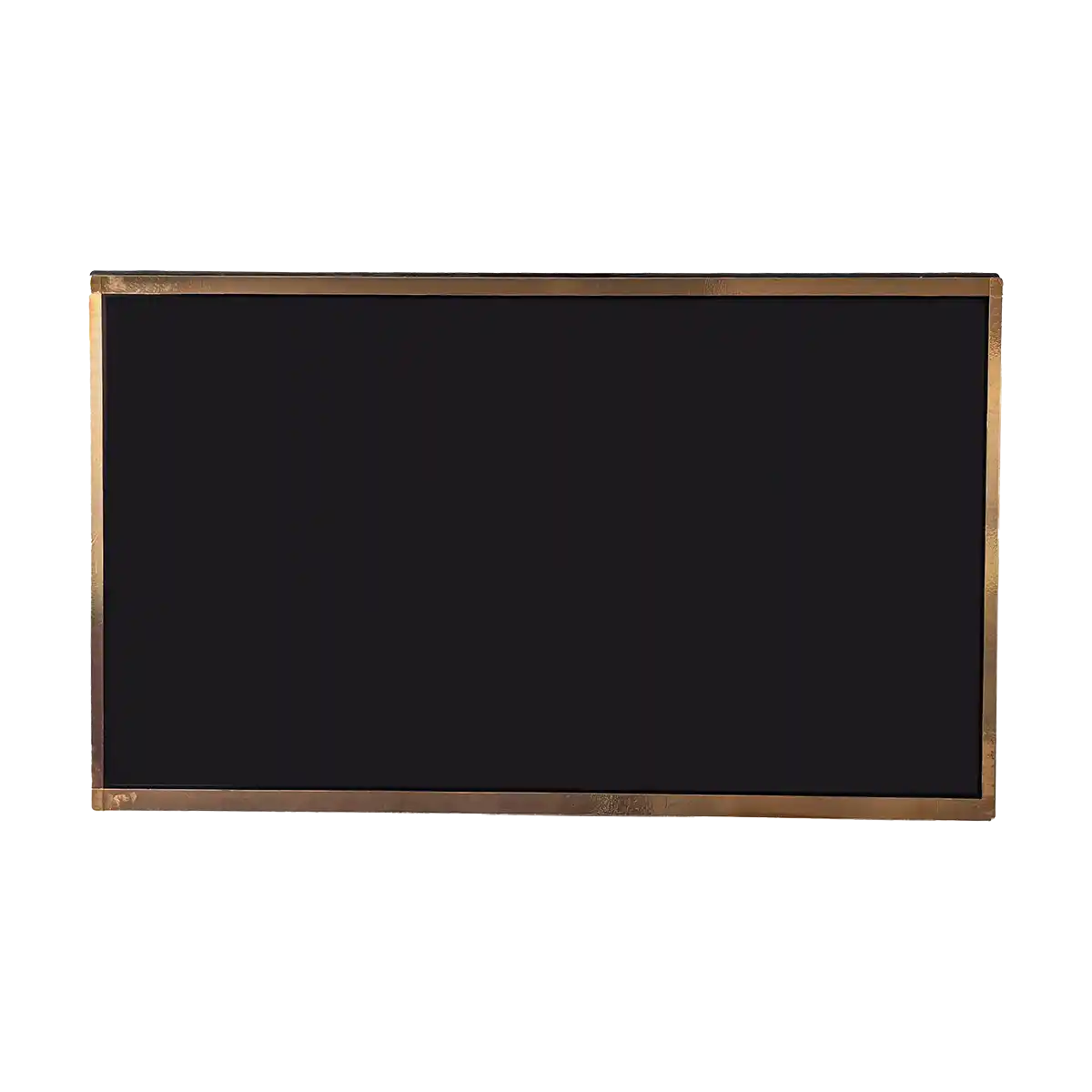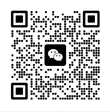Introduction
Transcutaneous monitoring (transcutaneous monitoring) is a non-invasive tool primarily used to monitor a patient's oxygenation and ventilation status.
Principle
The working principle of transcutaneous monitors is based on the blood flow and oxygen delivery capacity at the skin surface. By measuring the transcutaneous partial pressure of oxygen (TcPO2) and carbon dioxide (TcPCO2), it indirectly reflects the tissue's oxygenation and ventilation status. Specifically, transcutaneous oxygen monitors use light-emitting diodes (LEDs) to emit specific wavelengths of red and infrared light, which penetrate the skin. Photodetectors receive the light signals after they pass through the skin, converting them into electrical signals. These electrical signals are then processed to provide TcPO2 and TcPCO2 values, reflecting the patient's oxygen uptake and carbon dioxide elimination.
Applications
Transcutaneous monitors have a wide range of clinical applications. For example, they can be used to assess limb ischemia, infectious lesions, and diabetic foot conditions. Additionally, transcutaneous oxygen monitors are useful for early detection of diabetic foot risk, evaluating wound healing, and determining amputation levels. In neonatal intensive care units, transcutaneous CO2 and O2 monitoring technologies are increasingly being applied, especially for low birth weight infants requiring oxygen therapy, mechanical ventilation, and monitoring during shock or hypoperfusion.
Development
With technological advancements, the measurement speed and accuracy of transcutaneous monitors have significantly improved. For instance, the moorVMS transcutaneous oxygen monitor has adopted the latest principles, completely revolutionizing the traditional Clark electrode technology, thereby increasing the measurement speed several times over. Moreover, transcutaneous blood gas monitoring with different probe temperatures has shown its value in critically ill newborns.
Transcutaneous monitors provide important real-time information in a non-invasive manner, enabling timely interventions and enhancing patient safety and comfort.
Technical Development History of Transcutaneous Monitors
The technical development history of transcutaneous monitors can be summarized from multiple aspects. Initially, early transcutaneous monitors relied on conventional sensors and data processing techniques, which had limitations in precision and response time. With technological progress, modern transcutaneous monitors now focus on high precision and portability, significantly improving measurement accuracy and response time through optimized sensor designs and data processing algorithms.
Furthermore, the introduction of advanced sensing technologies and intelligent control systems has enabled real-time monitoring and smart analysis of blood oxygen partial pressures, further enhancing the device's intelligence level. These developments not only improve the functionality of the monitors but also enhance their practicality and reliability in clinical applications.
Historically, China introduced transcutaneous monitoring technology in the 1980s and gradually made improvements and innovations. Over time, the technology of transcutaneous monitors has advanced, with new features such as integrated data storage, allowing users to download and monitor patients' oxygenation status on computers. The technical development of transcutaneous monitors includes the transition from traditional sensors to high-precision sensors, from single-function to multifunctional integration, and from manual operation to intelligent control.
Benefits of Combining Transcutaneous Monitors with Screens
The combination of transcutaneous monitors with screens brings multiple benefits, including:
-
Intuitive User Interface and Ease of Operation: Transcutaneous monitors like the TCM5 FLEX feature an intuitive user interface and built-in tutorials, making the device easy to set up, learn, and use. This design simplifies the operational process, reducing the learning curve and minimizing operator errors.
-
Clear Screen Information: Large LCD displays or screens can clearly show measurement parameters, facilitating real-time monitoring of the patient's condition. For example, the large LCD display of the MBJ20 transcutaneous jaundice meter makes observation more convenient.
-
Real-Time Alarms and Alerts: The top of the screen on transcutaneous monitors typically features clear alarm bars and icons, providing timely alerts to healthcare professionals about changes in the patient's status. This real-time alarm function is crucial for promptly addressing emergencies.
-
Portability and Flexibility: Many transcutaneous monitors are designed to be compact and portable, allowing them to be carried around or placed on stands or carts. This portability enables healthcare professionals to use the devices in various settings, enhancing work efficiency.
-
Reduced Blood Sampling and Patient Discomfort: Transcutaneous monitors like the TcB monitor measure bilirubin levels non-invasively, reducing the need for blood sampling and decreasing patient discomfort and infection risks. This not only alleviates patient discomfort but also reduces the financial burden on parents.
-
Improved Measurement Accuracy and Reproducibility: Preloaded test protocols and instructions on the touch screen ensure accurate and reproducible measurement results. For example, the PeriFlux 6000 laser Doppler perfusion monitor uses a touch screen to accurately measure local microvascular total perfusion.
-
Dynamic Monitoring and Treatment Effect Evaluation: Transcutaneous monitors can dynamically monitor the patient's health status and evaluate treatment effects. For instance, the MBJ30 transcutaneous jaundice meter uses a light reflection principle to quickly and painlessly measure bilirubin levels, aiding in the dynamic monitoring of neonatal jaundice treatment effectiveness. The combination of transcutaneous monitors with screens not only enhances operational convenience and accuracy but also strengthens real-time monitoring and dynamic assessment capabilities, providing strong support for patient care.
TCG062HVLDA-G20: A Suitable Display for Transcutaneous Monitors
The TCG062HVLDA-G20 is a 6.2-inch diagonal a-Si TFT-LCD display produced by Kyocera. It is chosen as the screen for transcutaneous monitors (transcutaneous monitoring) for the following reasons:
-
High Brightness and Contrast: The TCG062HVLDA-G20 has a brightness of 300 cd/m² and a contrast ratio of 500:1, ensuring clear visibility of images and data in various lighting conditions. This is crucial for monitors that need to operate in different lighting environments.
-
Long-Life LED Backlight: The display is equipped with an LED backlight system with a lifespan of 40,000 hours. This means the screen does not require frequent backlight replacements, enhancing the reliability and longevity of the device.
-
Wide Viewing Angle: The viewing angle of the TCG062HVLDA-G20 is 80° (both vertically and horizontally), maintaining good display quality from different viewing angles. This is beneficial in medical environments where multiple people may need to view the monitoring data simultaneously.
-
Industrial Temperature Range: The operating temperature range of the screen is -20°C to 70°C, and the storage temperature range is -30°C to 80°C. This wide temperature adaptability allows the screen to function stably in various environmental conditions, including those with significant temperature fluctuations.
-
Resolution and Display Capability: The TCG062HVLDA-G20 has an HVGA resolution (640x240), providing clear display of monitoring data and graphical interfaces. This is essential for precise data visualization in transcutaneous monitors.
-
Industrial Design: The screen is designed for industrial use, suitable for applications in audio control, office automation, industrial control, and household appliances. These features make it well-suited for various usage scenarios in medical equipment.
Detailed Specifications of TCG062HVLDA-G20:
-
Size: 6.2-inch diagonal.
-
Resolution: 640(RGB)×240 (HVGA), with RGB vertical stripe pixel arrangement.
-
Brightness: 300 cd/m².
-
Viewing Angle: 80/80/80/80 (typical).
-
Backlight Lifespan: 40,000 hours.
-
Contrast Ratio: 500:1.
-
Operating Temperature Range: -20°C to 70°C.
-
Storage Temperature Range: -30°C to 80°C.
-
Pixel Pitch: 0.077×0.231 (H×V) mm (horizontal * vertical).
-
Panel Weight: Approximately 105 grams (typical).
-
Surface Treatment:
-
Interface Type: CMOS interface.
-
Backlight Type: WLED backlight with built-in LED driver.
The TCG062HVLDA-G20 is a high-brightness, long-life, wide-viewing-angle TFT-LCD display suitable for industrial applications, offering excellent display performance and environmental adaptability.
LEEHON’s Solution for Transcutaneous Monitors
LEEHON provides screen solutions for transcutaneous monitors in the medical industry, offering the TCG062HVLDA-G20 model as the screen for these devices. In this article, we have delved into the transcutaneous monitor and showcased LEEHON's solution. Our solution is highly adaptable to medical devices, addressing the needs for special sizes, stable performance, and reliable supply, while also bringing digital solutions to the medical industry.
LEEHON is committed to innovation and customer satisfaction. We understand the importance of continuous improvement. We believe that through our expertise and high-quality solutions, we can bring real value to our customers and drive the medical industry forward.
If you are interested in the above LCD product or need more customized display solutions, please contact our professional team. We are ready to provide you with technical support and consulting services. You can reach us via the following methods:
-
Email: info@leehon.com
Our team is dedicated to serving you, and we look forward to collaborating with you!








